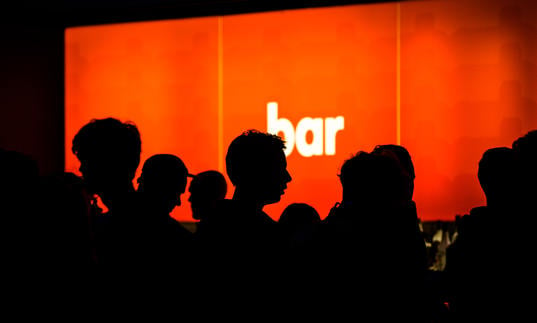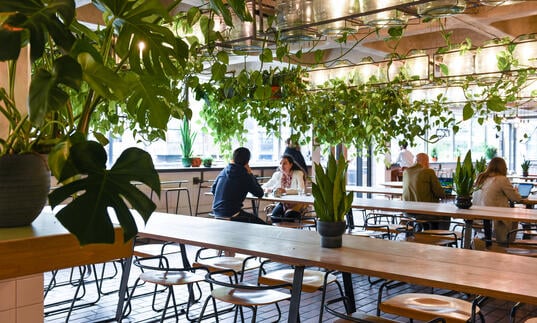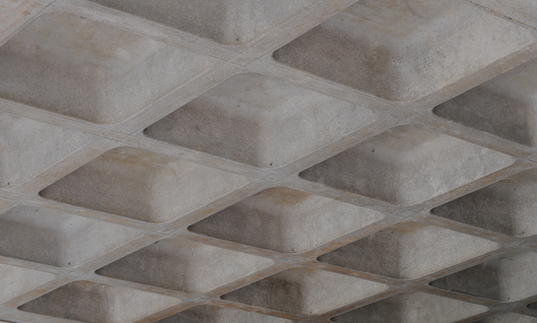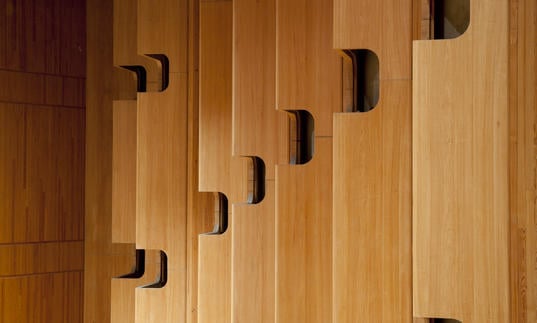Pantha Du Prince: Conference of Trees
The performance will begin promptly at the advertised start time of 8.30pm
Start time: 8.30pm
Running time: 2 hours including interval
Please note all timings are approximate and subject to change

Martin Aston spoke to Hendrik Weber about giving trees a voice in his new project
There are few spaces where a German musician specialising in adventurous and increasingly conceptual techno crosses paths with a 19th century German mathematician, current authors of studies in the communicative behaviour of flora and a 12th century Persian Sufi philosopher.
It’s also very timely, as the subject of communication between trees is increasing in both scientific and media fronts. Yet, for the man otherwise known as Hendrik Weber, the genesis of Conference of Trees began two decades ago, in his home town of Baunatal, Central Germany, surrounded by deep forest. ‘I’ve been fascinated by trees since I was about nine, going into the forest, inventing adventures and building huts,’ he recalls. ‘But as you grow older, you start to move away from this sense of completeness. For me, I was hunting more for music and playing in bands, skateboarding and skiing.’
It’s on his own, as Pantha Du Prince (‘a fantasy character...a poetic transporter for the concept behind the music’) that Weber has carved a niche for a style of techno he calls, ‘layered and cinematographic.’ He released the Diamond Daze (2004) and This Bliss (2007) albums on Berlin dance label Dial before signing to Rough Trade and widening his audience with Black Noise (2010) and Elements of Light (2013).
The last of these was a collaboration with Norwegian percussion ensemble The Bell Laboratory, after Weber had discovered the carillon, an organ-style instrument consisting of 23 bells while recording Black Noise in the Swiss mountains. The collaboration branched out in 2014 to perform Terry Riley’s minimalist masterpiece In C at the Barbican, after which Weber persisted with more humanistic, collaborative work. His 2016 album The Triad featured vocals and studio musicians for the first time, ‘It’s a human touch — something soulful and more connected to a social environment,’ he said at the time. ‘I wanted to cut through the digital dust that surrounds us.’
Now Weber has forged his most ambitious project yet, spanning biology, anthropology and technology, driven by what he calls, ‘a longing for this connection I once had to nature, and this indigenous knowledge that we all share’. Weber committed to research far more than most musicians would; not only returning to his childhood haunts in Baunatal, and forests in France, Switzerland and the US, to take long walks (and shoot footage that forms part of tonight’s visual accompaniment), but tapping into fonts of expert knowledge such as Fred Hagender, a fundamental researcher on ethnographic botanics who wrote the book The Spirit of Trees. He talked to Professor Frantisek Baluška at the University of Bonn, who had written widely about plant behaviour and read Dr. Erwin Thoma’s A Future with Natural Wood: Traditional & Scientific Facts about Trees. He read Peter Wohlleben’s books The Secret Language of Trees and The Hidden Life of Trees and followed Suzanne Simards’s research on how trees talk to one another. Weber also investigated mathematician Georg Friedrich Bernhard Riemann, a peer of Einstein’s who wrote equations relating to the construction of space.
‘My first idea about trees was that they map out space with their communication,’ Weber explains. ‘Trees remain in one spot, but they interact over vast distances through mycorrhizal networks. They don’t have human knowledge of technology but they still manage to create their own cooperative space and form vast conscious networks within this space.’
Yet it was Sufi mystic Farid ud Din Attar’s The Conference Of Birds that provided the ‘ignition point’ for Conference of Trees: ‘I imagined how trees are dancing with each other through time, intertwined and exchanging information, and that’s what this group of musicians will do.’
Weber’s stage collaborators tonight are Bell Laboratory members Bendik Hovik Kjeldsberg and Håkon Stene, Manuel Chittka, drummer of the German band Messer, and jazz musician Friedrich Paravicini. They will play an enticing array of instruments, including the Ondes Martinot, marimba, Russian singing bells and log drums from the Basque region, ‘to connect with the shamanic tradition of connecting with the wisdom of nature, when trees were holy oracles in the days before temples or churches.’
Weber – who learnt carpentry in his early twenties – will also feature handmade wooden instruments, with assistance from craftsmen in India and Mexico. ‘I wanted to get close to the process without the abstraction of science, to become what you want to say, to become the tree itself,’ he suggests. ‘For example, we asked our cellist, “play your favourite tree” (which was the oak), so how would an oak sound? As Trees of forests we wanted to form a cooperative supportive system to empower the musicians to play their part.’
This will be the second performance of Conference of Trees, after its debut last August at Hamburg's Kampnagel International Summer Festival, though Weber is premiering two new pieces tonight. It promises to be a special occasion.
Weber isn’t the first musician to be so inspired – in 1974, Stevie Wonder named his album Journey Through “The Secret Life Of Plants” (after Peter Tompkins and Christopher Bird’s book of the same name) - but in concept, instrumentation and musical notation (such as incorporating patterns of bio-electric energy), he is surely the first to give trees a voice.
+ Support from Leifur James
Commissioned by International Summer Festival, Kampnagel, Hamburg.
Co-commissioned by Münchner Kammerspiele, Barbican, Schauspielhaus Bochum
Supported by the Goethe-Institut London
The performance will begin promptly at the advertised start time of 8.30pm
Running time approximately 2 hours including interval
Timings are approximate and subject to change
In an effort to be more sustainable this digital programme is part of a trial we are conducting to discontinue printed freesheets.
Performers
Hendrik Weber (Pantha Du Prince) electronics, plate bells, tun kul, stones, log drums
Bendik Kjelsdberg vibraphone, glockenspiel, stones, log drums
Hakon Stene marimba, guitars, monochord, kantele, stones , log drums
Friedrich Paravicini ondes martenot, cello
Manuel Chittka tubular bells, frame drum, cymbals, stones, log drums
Leifur James synths, piano
Part of Life Rewired
Discover

Life Rewired Shorts - Uncanny Valley by Gary Dumbill
In the first of our Life Rewired Shorts series, Gary Dumbill invites you into the Uncanny Valley, a nostalgic and familiar place that looks and feels very much like the human experience, but with something a bit strange in the corner of your eye...
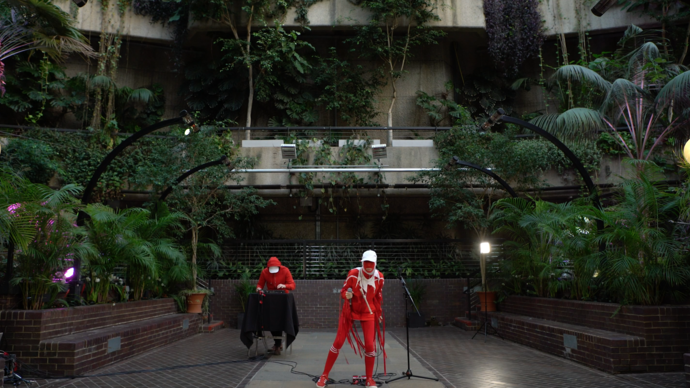
Barbican Sessions: Gazelle Twin
In our latest Barbican Session, British composer, producer and musician Gazelle Twin performs ‘Glory’ in the Barbican Conservatory.
You might also like...
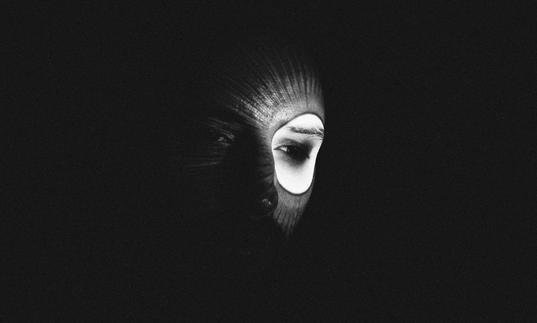
+ Rob Clouth + Llyr

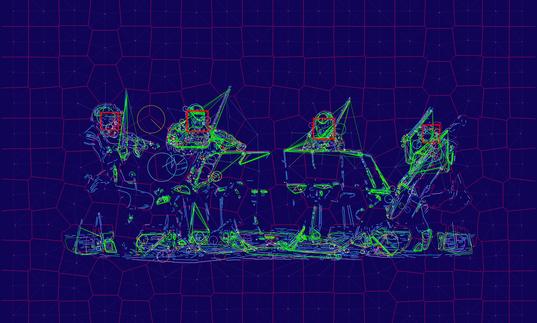

+ Rob Clouth + Llyr
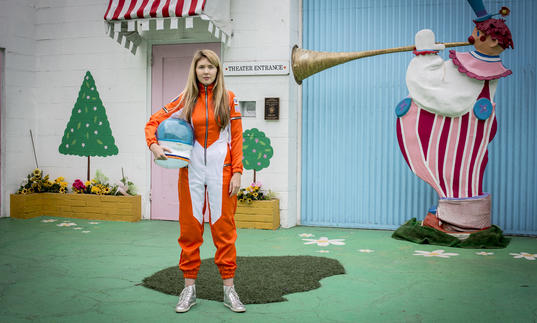
From Space Beams to Anti-Streams
Barbican Hall
Location
The Barbican Hall is located within the main Barbican building. Head to Level G and follow the signs to find your seating level.
Address
Barbican Centre
Silk Street, London
EC2Y 8DS
Public transport
The Barbican is widely accessible by bus, tube, train and by foot or bicycle. Plan your journey and find more route information in ‘Your Visit’ or book your car parking space in advance.
We’ve plenty of places for you to relax and replenish, from coffee and cake to wood-fired pizzas and full pre-theatre menus
Mobility
Spaces for wheelchair users in row U at the rear of the stalls (up to sixteen, depth of row 180cm) and the back row of the circle (four), both with fold-down companion seats. Some seats in row S of the stalls for people with very limited mobility.
Assistance dogs
Assistance dogs may be taken into the concert hall where there are a limited number of suitable seats in row G of the stalls. If you prefer, you may leave your dog with a member of the cloakroom staff during the performance.
Hearing facility
There is an induction loop in the concert hall. You can use this by adjusting your hearing aid to the ‘T’ setting.
Free large-print programmes
These are available for most of our concerts. Please contact [email protected] at least a week beforehand, to prebook a large-print programmme.
For more access information, please visit our Accessibility section.
Plan your visit
Meet friends, grab a drink, drop in to one of the free installations on Level G before the show - here's what else is happening at the Barbican when you visit.
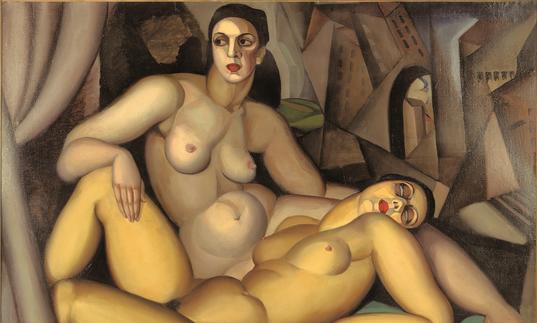
Art, Intimacy and the Avant-garde


